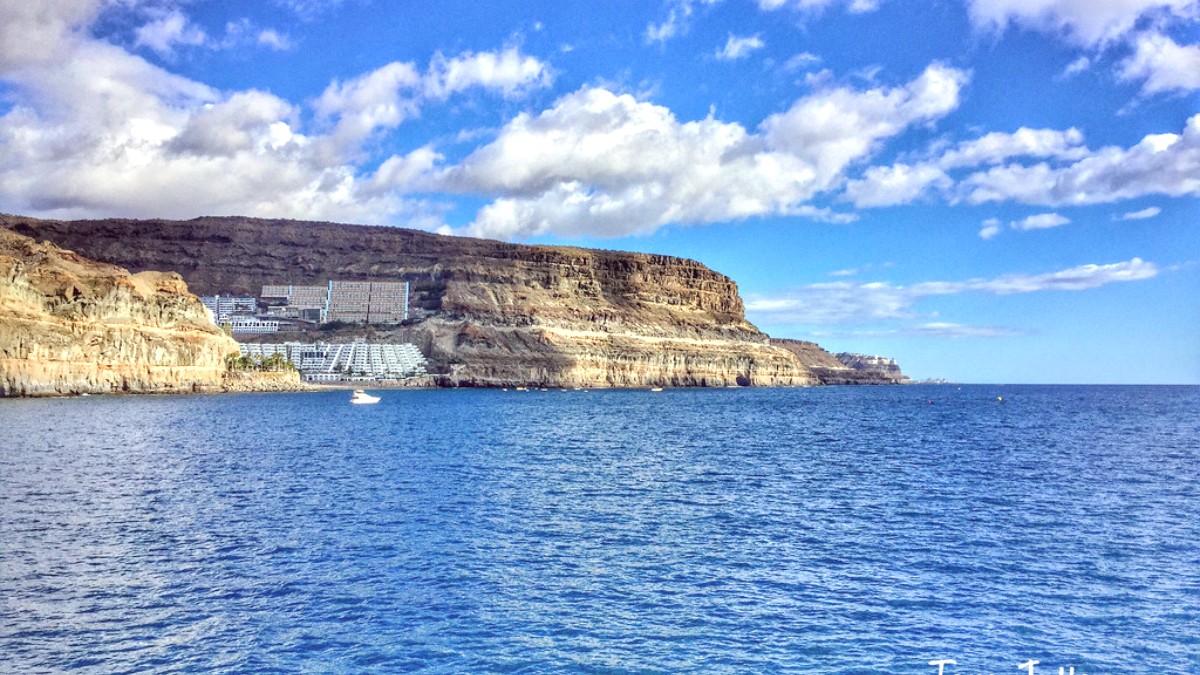
Gran Canaria, Canary Islands
Canarian cuisine is a fusion of Spanish, Latin American (due to historical ties), and African influences. It adapts to the island's produce and seafood availability.
It features fresh, locally sourced ingredients, simple preparations, and bold, natural flavors.
Abundant and fresh. Vieja (parrotfish), cherne (wreckfish), sama (red snapper), pulpo (octopus), and calamares (squid).
Iconic Canarian sauces. Mojo rojo (red, spicy, with paprika/chili) and mojo verde (green, milder, with cilantro/parsley).
Papas arrugadas (wrinkly potatoes), gofio (toasted grain flour), goat cheese, Canarian bananas, and tropical fruits like papayas and mangos.
"Wrinkly potatoes" boiled in very salty water until shriveled. They are served with mojo rojo (red, spicy) and mojo verde (green, milder).
Find this dish in almost any traditional Canarian restaurant.
The catch of the day, often vieja (parrotfish), cherne (wreckfish), or sama (red snapper). It receives simple grilling and serves with potatoes or salad.
This dish is abundant in Puerto de Mogán's marina restaurants.
A hearty fish stew, usually with salted fish (often cod), potatoes, sweet potatoes, and mojo.
This is a more traditional dish, often found in local eateries.
A sweet almond cream dessert, often served with ice cream.
Small, sweet Canarian bananas, eaten fresh or used in desserts. Other dishes include Gofio Escaldado, Ropa Vieja Canaria, and Queso Canario.
Higher-end hotel restaurants offer refined dining experiences.
The majority of restaurants along the marina. They balance quality and price.
Venture a street or two back from the main marina for smaller, more local cafes.
Due to international tourism, find Italian, Chinese, Indian, and British restaurants.
Most restaurants present a mix of international and Canarian dishes.
Restaurants often feature menus translated into multiple languages to accommodate visitors.
Look for daily specials (Plato del Día) for variety.
Held every Friday (8 AM - 2 PM) near the marina.
Wide variety of goods including clothing, crafts, fresh produce, and some prepared foods.
A very popular market on the island, presenting a lively culinary experience.
Food halls are more common in Las Palmas, not Puerto de Mogán.
Dedicated halal or kosher restaurants remain very limited or non-existent in Puerto de Mogán. The best option involves self-catering from supermarkets or opting for vegetarian or fish dishes that align with dietary needs.
Gluten-Free (Sin Gluten) awareness is growing, and some restaurants may indicate gluten-free options or advice. Major supermarkets carry gluten-free products. EU regulations require restaurants to provide allergen information upon request. Communicate your allergies clearly: "Soy alérgico/an a..." (I am allergic to...).
Staying in an apartment with a kitchen gives the most control over ingredients and meal preparation.
Clear communication is for allergen-aware dining. Basic Spanish phrases or translation cards can greatly assist.
These are less common specifically in Puerto de Mogán. Find them in Las Palmas or through specialized private tours that may come to your accommodation.
Some island-wide food tours might include a stop at the Mogán market or a traditional restaurant.
Finca La Laja (Mogán Valley): This nearby banana and coffee plantation features tours and tastings.
Discover small, sweet Canarian bananas, tropical fruits like papayas and mangos, and local honey, which are island specialties.
Artisan cheeses, especially from sheep or goat's milk, are a local delicacy. Often served as a starter or with honey.
Embrace the local pace of dining. Lunch is typically the main meal, and dinner happens later in the evening.
Try Papas Arrugadas con Mojo at any traditional restaurant. Seek out the freshest grilled fish at marina eateries.
Sample Ron Miel as a digestif. Visit the Friday market for local produce and snacks. Do not hesitate to ask about ingredients for dietary needs.
Embrace the local pace of dining. Lunch is typically the main meal, and dinner happens later in the evening.